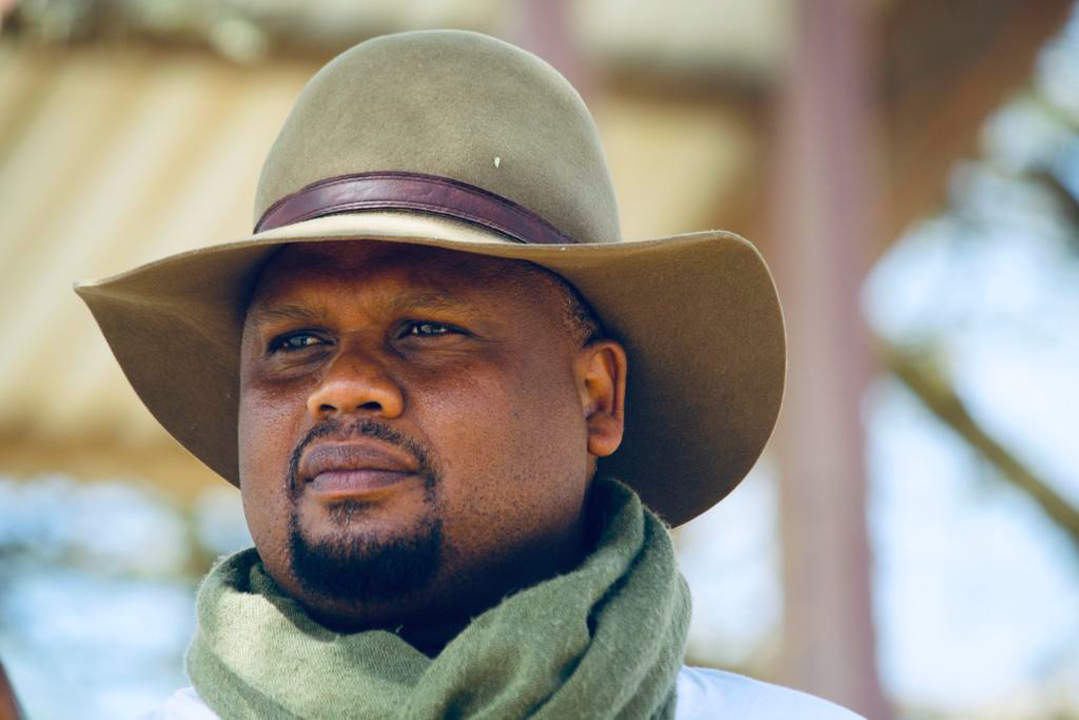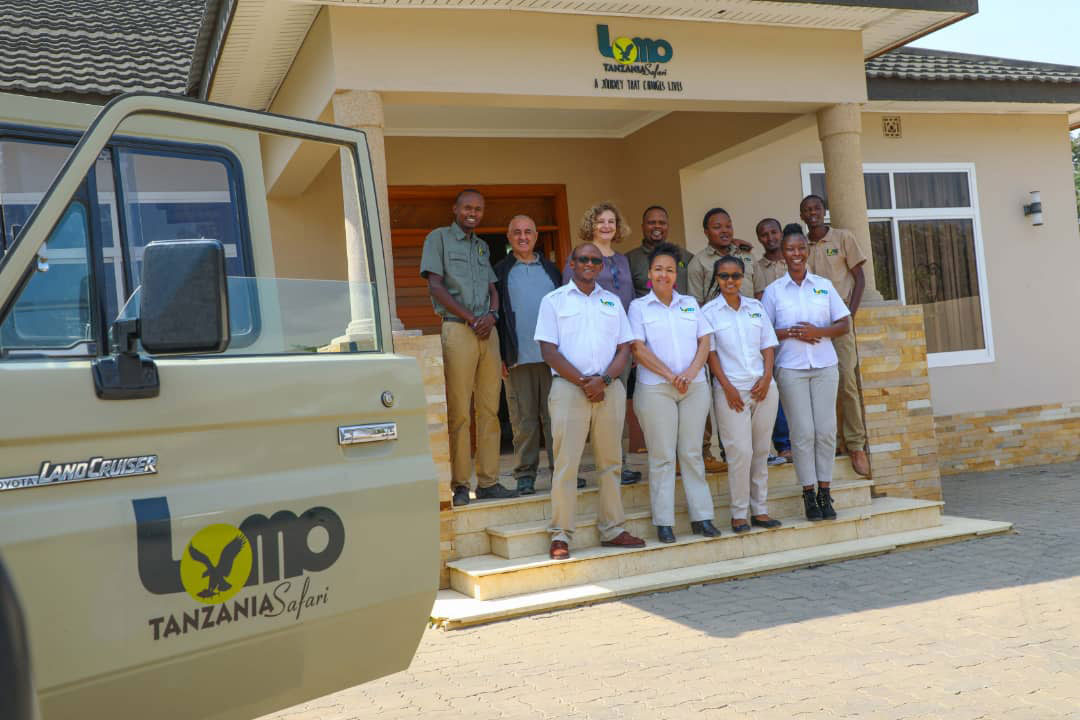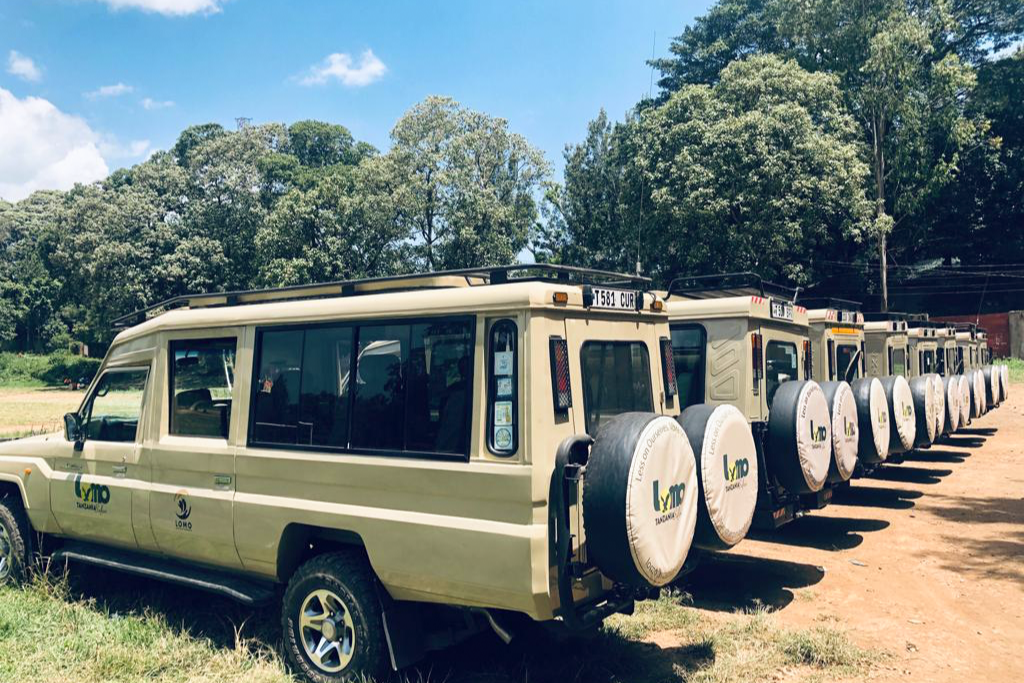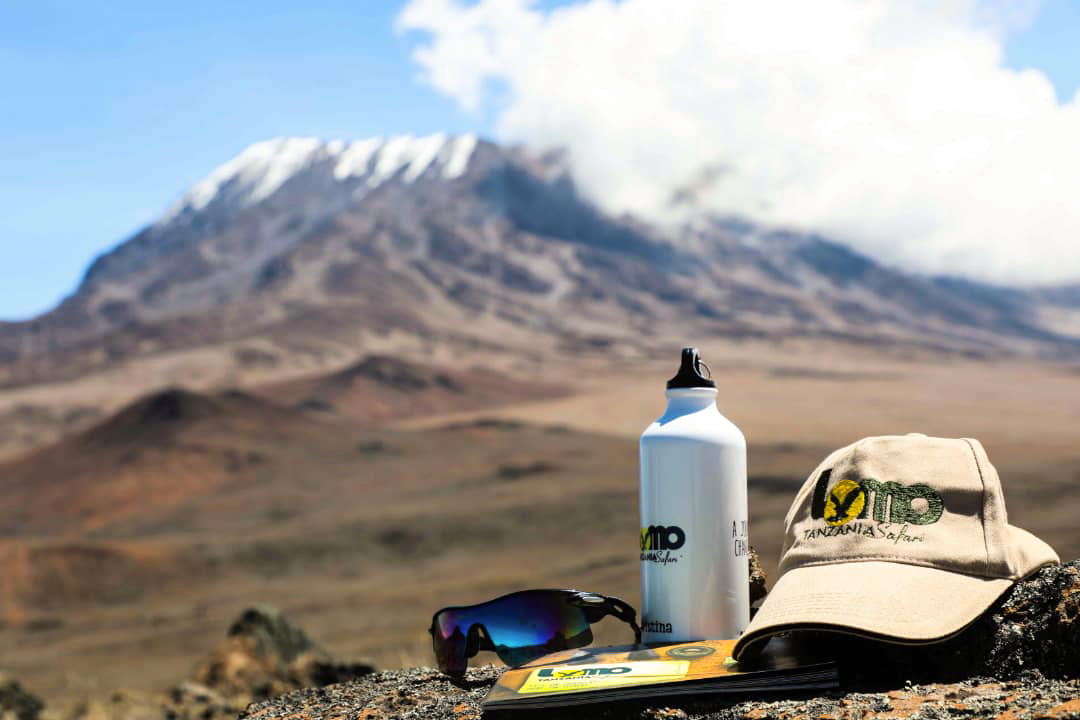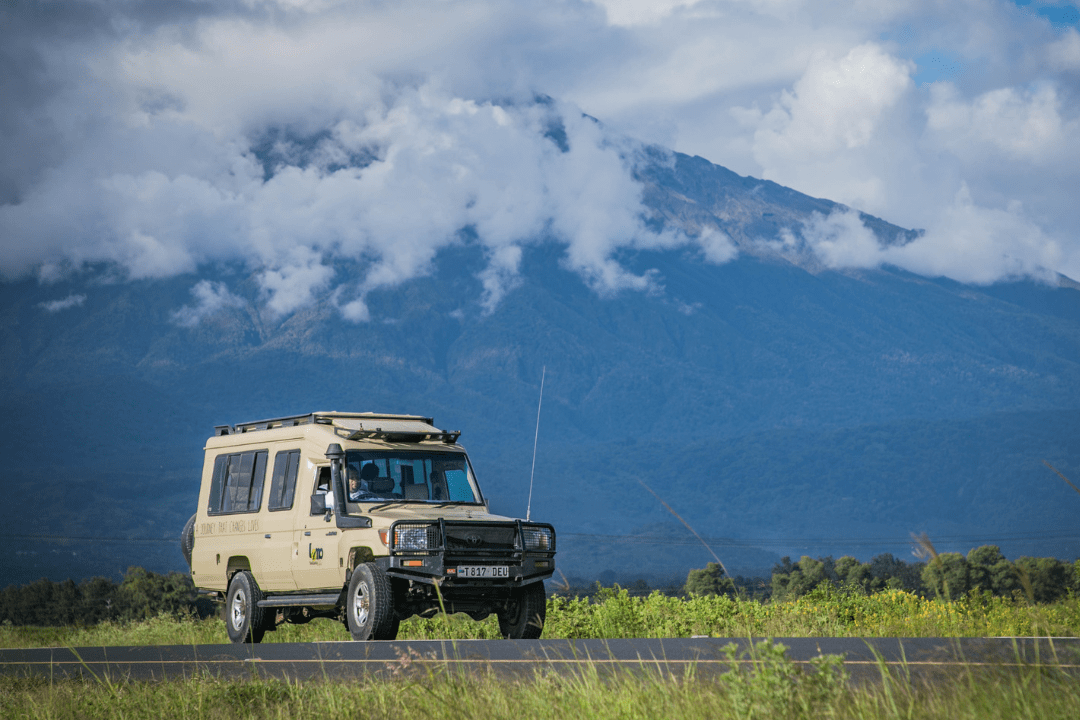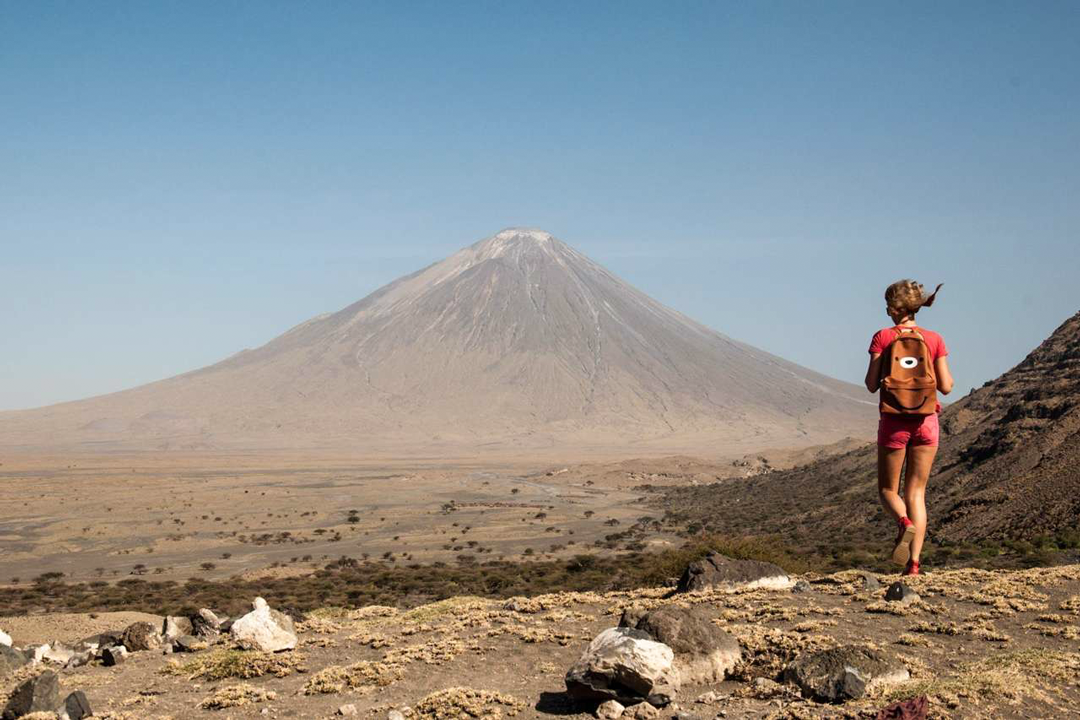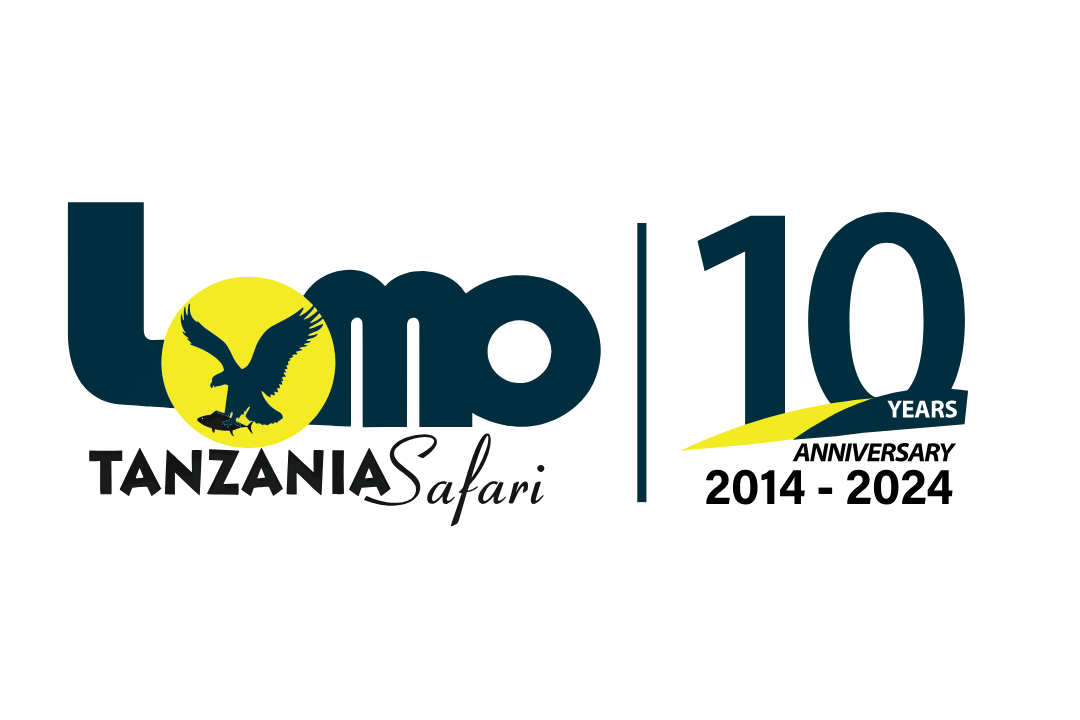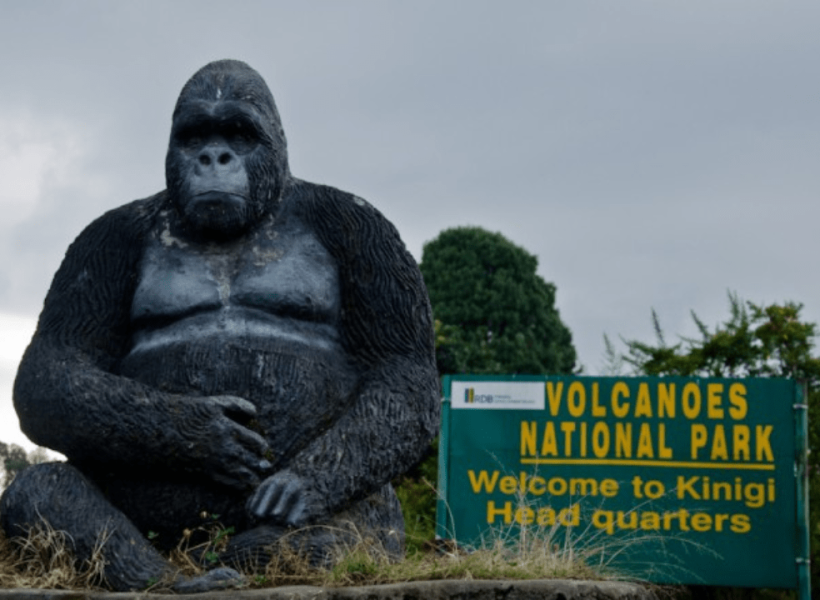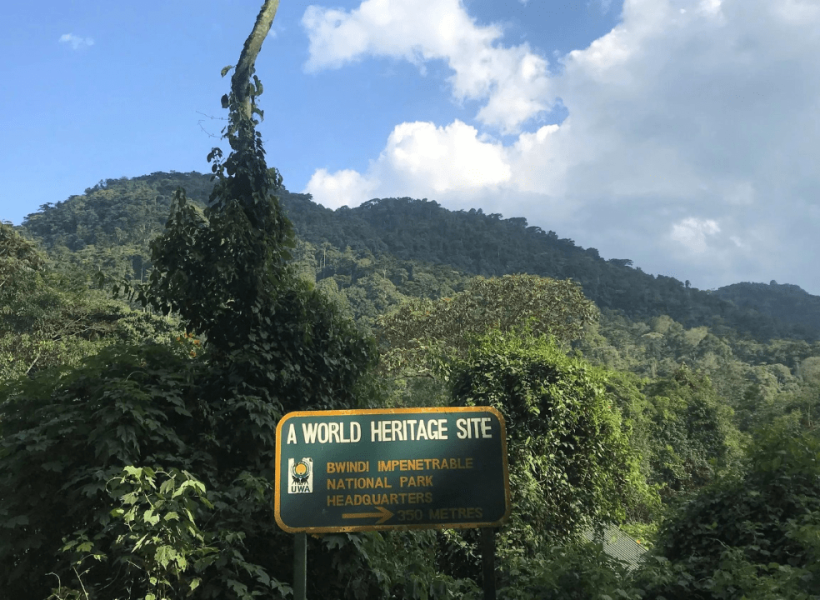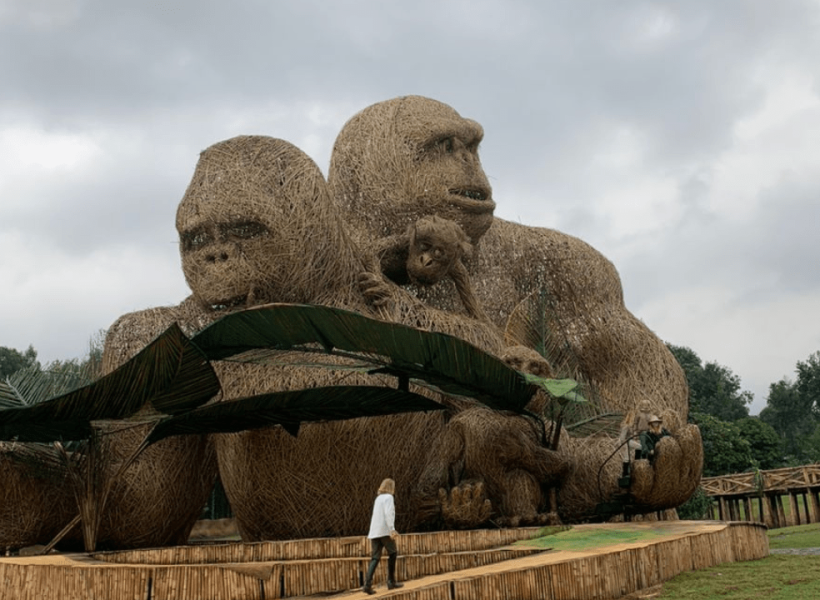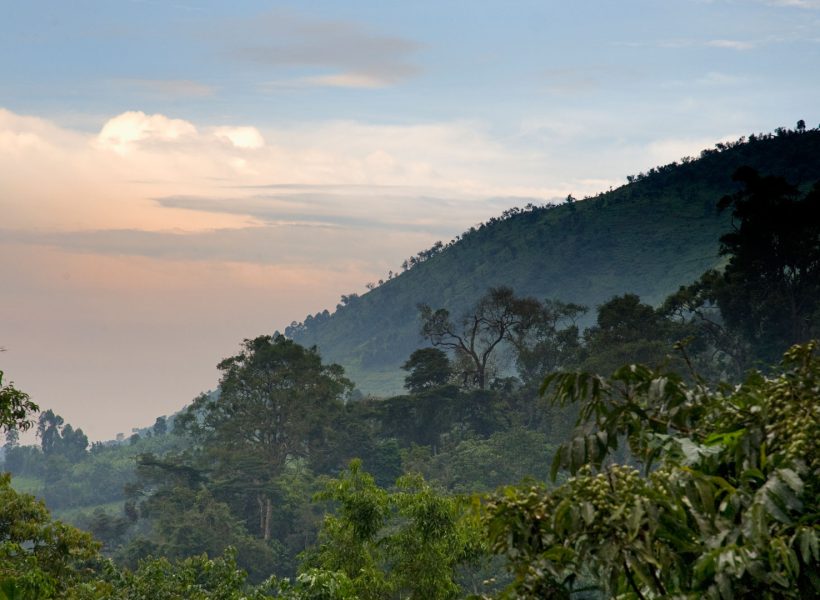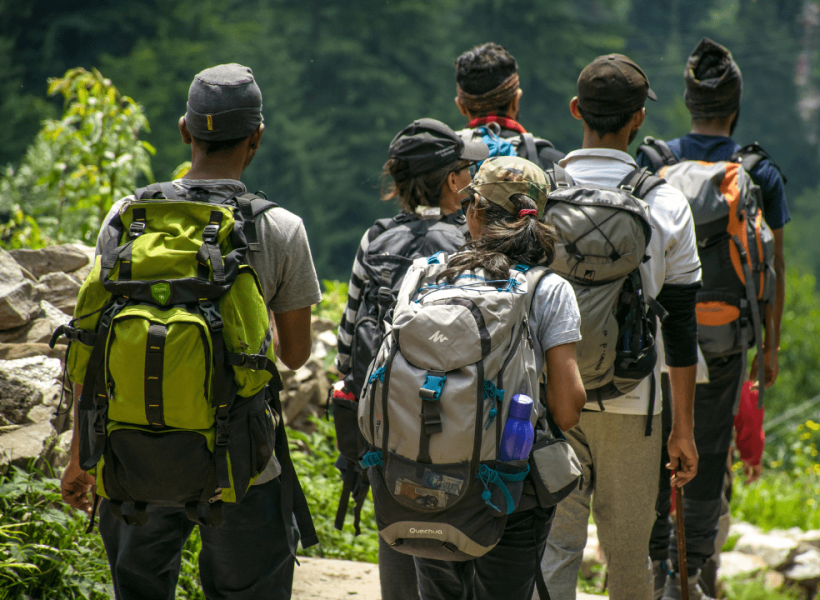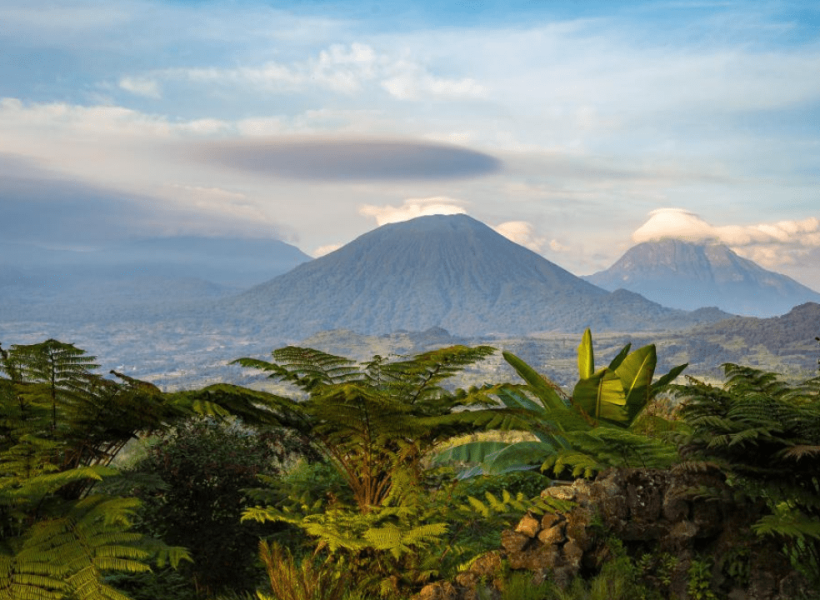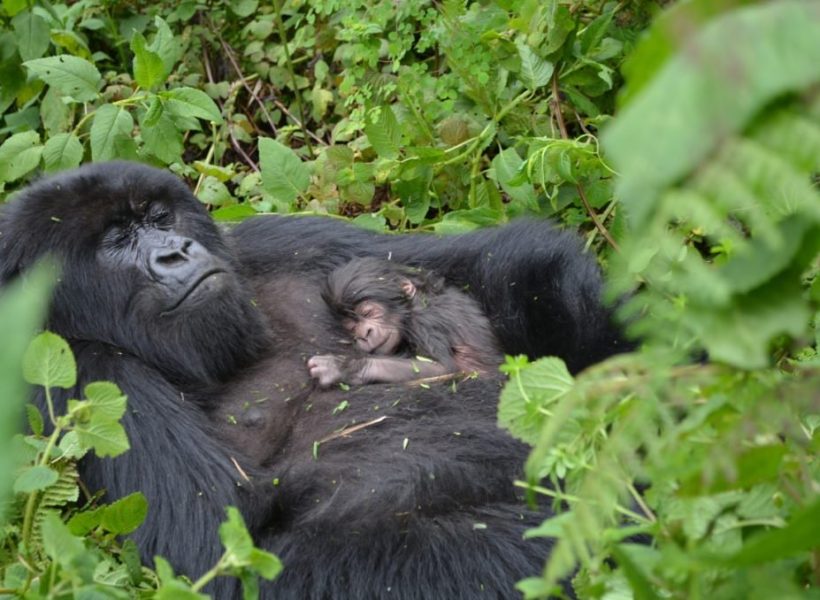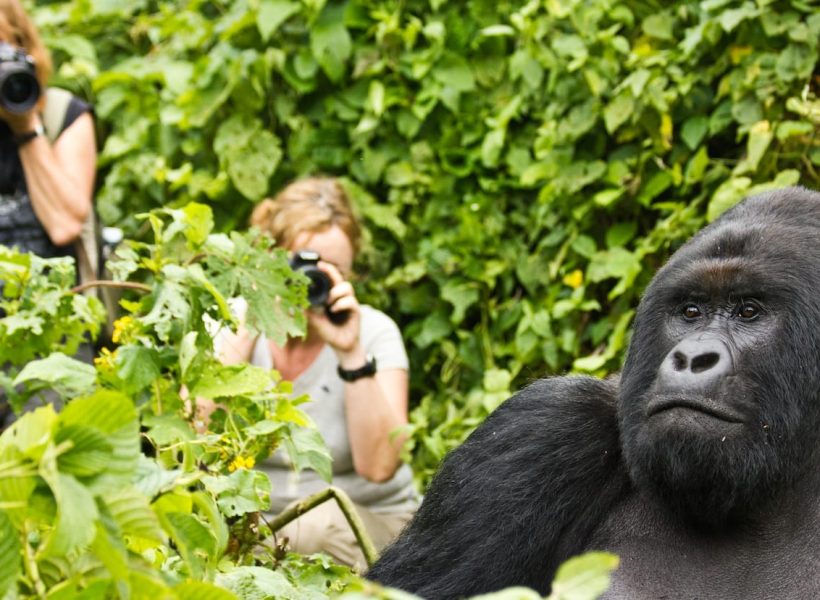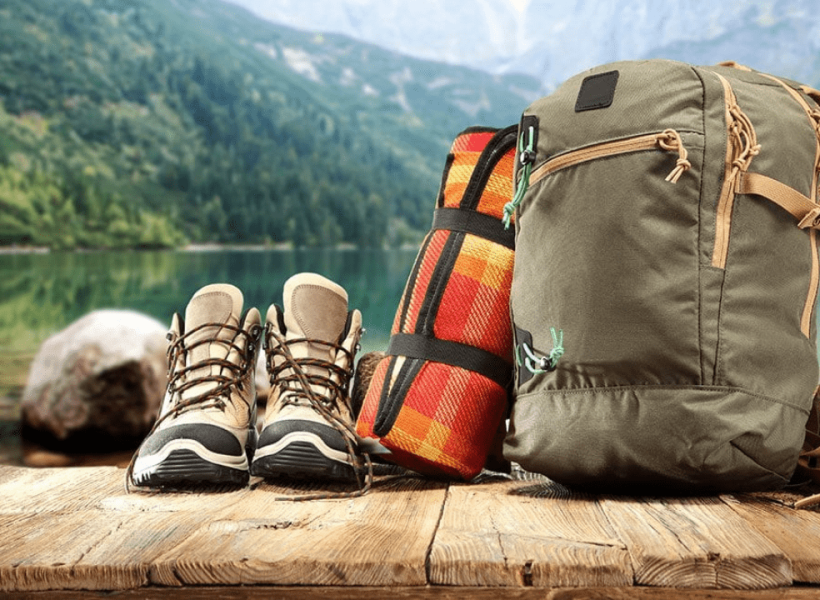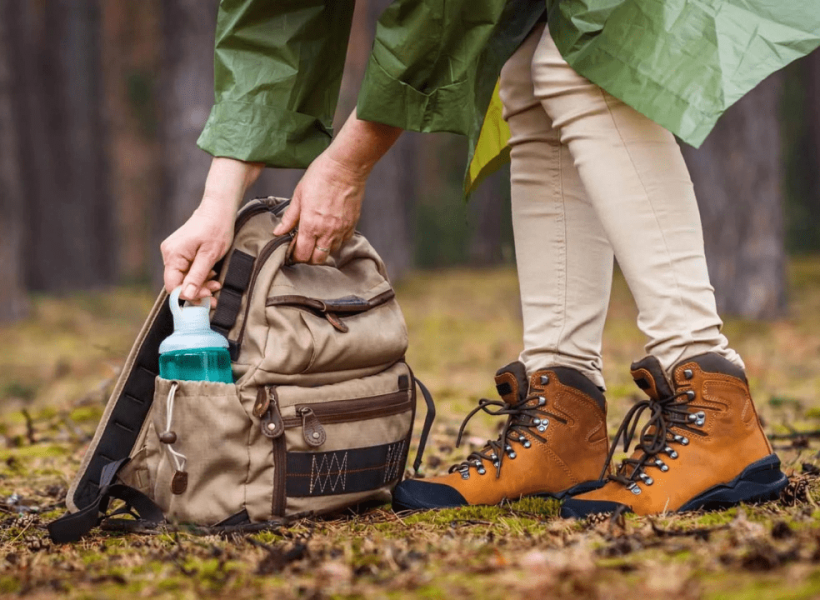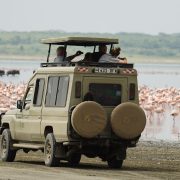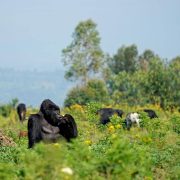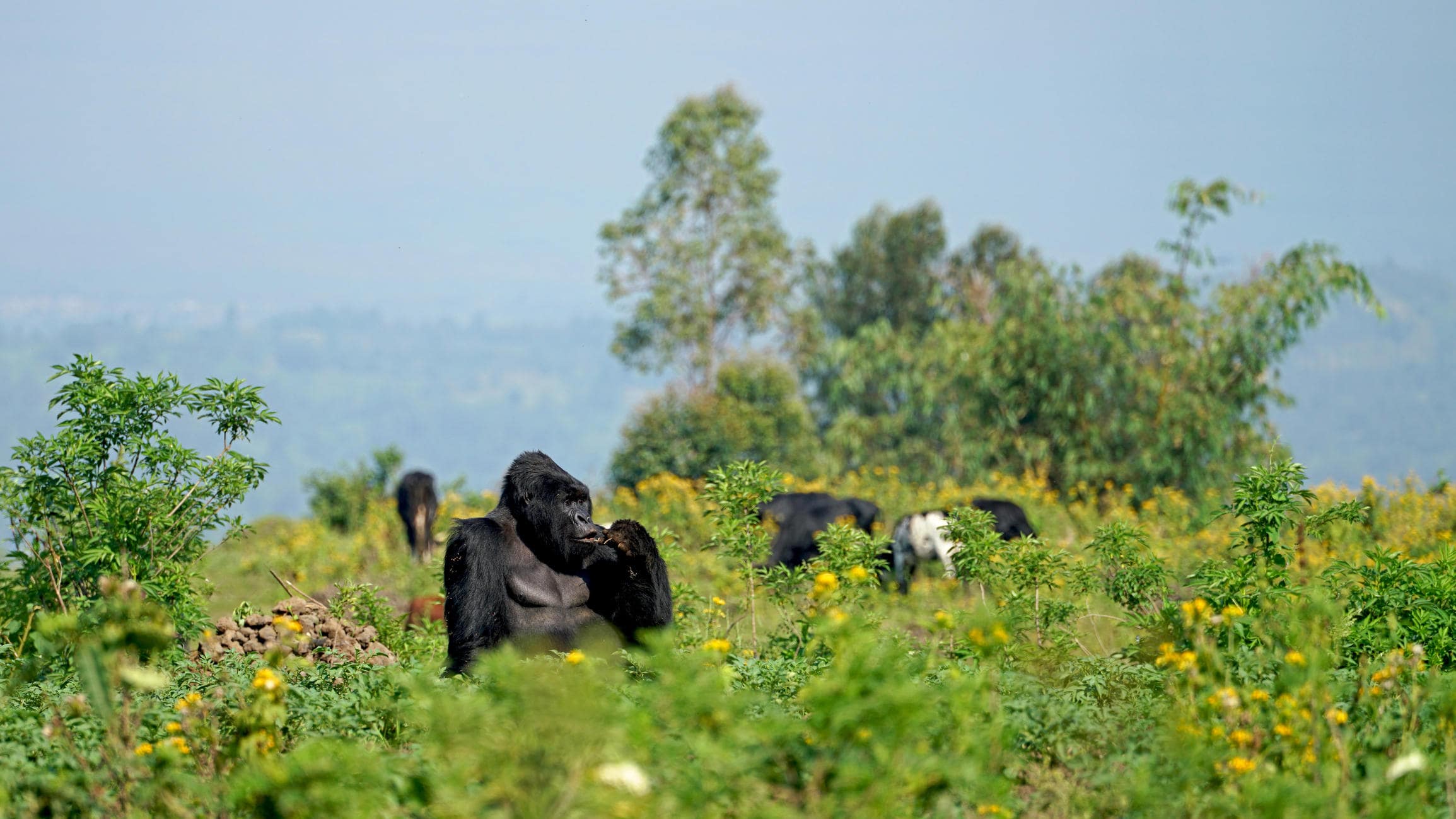
GORILLA TREKKING IN RWANDA & UGANDA – ALL YOU NEED TO KNOW
GORILLA TREKKING IN RWANDA & UGANDA – ALL YOU NEED TO KNOW
Lomo Tanzania Safari
December 12, 2022

Seeing these magnificent creatures in their natural environment is a life-changing experience; something that you’ll will never forget.
Trekking is lead by a highly trained guide, you’ll have a scenic walk through dense rainforest in search of a gorilla family. As you see the young gorillas race about playing, the females murmuring over their babies, and the brash posturing of a silver back. It truly is a bucket list worthy experience.
Before you embark on this once-in-a-lifetime gorilla trek, there are a few essential tips you should know before your upcoming trip .
About Mountain Gorillas
The mountain gorilla is the largest primate in the world, and also one of the most endangered. Poaching and habitat destruction has led to a situation in which there are only 840 mountain gorillas remaining in the wild, with the majority of these residing in Rwanda and Uganda.
Mountain gorillas are ground-dwellers and they prefer to live in open canopy evergreen forests where light reaches the forest floor. They are herbivores whose diet comprises of roots, leaves, vines, stems, and bamboo.
Females choose their breeding partners based on their ability to protect them, and groups of gorillas range in size from anywhere between a mated pair to up to thirty individuals. On average, “families” of gorillas are comprised of nine gorillas.
Male mountain gorillas stand approximately six feet tall and can weigh up to 200 kgs, while females are smaller at under five feet in height and weighing around 100kgs.
Best Time to Visit
While it is possible to do gorilla trekking all year round, but the dry season tends to be the best time to enjoy. Not only does the wet season tend to make trekking somehow difficult, but the rain also encourages the gorillas to seek shelter.
Depending on the country you are in, wet season falls during different months:
- Rwanda: The short wet season is from October to November, while the long wet season stretches from mid-March through to June.
- Uganda: The wet seasons are March – May and September – November.
Fitness & Health
It is not possible to predict ahead of time just how long you’ll be hiking before you encounter a gorilla family. Some people spend as little as 40 minutes hiking before they come across gorillas, while others can spend up to four hours.
For this reason, it is recommended that all gorilla trekkers be in good physical and mental condition.
Rules & Regulations
As gorillas are wild animals and an endangered species, there are a number of rules that must be followed when tracking them and observing them.
- At all times, you must obey all instructions given by your guide. Your guide knows the gorillas very well, and will direct you as to where it is safe to stand.
- Keep a minimum distance of 7 meters between you and the gorillas at all times.
- If the dominant male gorilla (silver back) approaches you or charges aggressively, it is very important that you not back away. Remain where you are, low downward, and adopt a submissive, crouched posture.
- Never make any sudden moves or loud noises.
- If approached by a young gorilla, never touch it! Your touching a young gorilla might create a confrontation between your group and the dominant male.
- If a gorilla stares at you, do not hold eye contact. Look away and down.
- Never use a flash when photographing gorillas. Try to limit the number of photos you take.
- You must be in good health when tracking gorillas. Gorillas are susceptible to human borne respiratory infections and you put them at risk if you visit them while sick.
- Each gorilla family can be visited just once per day by groups of no more than 8 people. Your time with the gorilla family is limited to a single hour.
- Smoking, drinking, or eating are not permitted within 200 meters of a gorilla family.
- Littering is strictly prohibited.
- Children under the age of 15 are not able to join a gorilla trekking safari.
While gorillas are not aggressive in the way that predators are, they are still wild animals capable of hurting people if they feel threatened. It is imperative that you follow all instructions your guide gives you.
What to Pack
The hike through the rainforest to reach the gorillas can be strenuous, so it is important to dress appropriately and comfortably for the trek.
Due to the rugged nature of the land you’ll be passing through, it is advisable that you wear a long sleeved shirt, trousers, and a good pair of lightweight hiking boots to protect against scratches. You may also wish to wear protective gloves, although these are not necessary.
As temperatures can vary greatly during the day, it is also advisable to bring along a light jumper and a light, breathable rain jacket or poncho.
You’ll also wish to bring along a small backpack in which to store your extra clothing, water, lunch, and your photography equipment.
While on your gorilla trek, you should wear neutral colored clothing that is comfortable.
What to Expect On Gorilla Trekking
As the gorillas you’ll be tracking are wild animals, it’s accurate to say that no two gorilla trekking are the same.
Due to the unpredictable nature of the gorilla tracking experience, it is important that all participants be of good physical health and come adequately prepared to tackle a hike of varied length and difficulty.
After meeting with your guide, you will travel on foot to the place where the gorilla family was last seen. The tracker will then examine the evidence in the area to discern in which direction the family might have moved.
As you move along, the tracker will examine footprints and other clues to get a clearer picture of where the gorilla family has moved. As gorillas are capable of venturing to areas virtually inaccessible by humans, the hike can sometimes get quite difficult – moving over rough ground, dealing with thorny or stinging undergrowth, or climbing up steep hills.
Your guide will move at a moderate pace, as it is his job to get you to the gorillas with enough time to spend an hour with them and still make it back to the park gate before dark. While you will occasionally stop to rest and you’re welcome to pause to take photos, you should be prepared to move at a good pace throughout the day.
When you draw near to your gorilla family, you’ll likely smell them long before you hear or see them. Your guide will move ahead making soothing sounds to ensure the gorillas that you are friendly, and will then direct you where best to stand. Following his instructions is crucial, as it is his job to ensure the gorillas do not feel threatened and act accordingly. He will position you so that you can be seen by the silver back.
While observing the gorillas, it is important to maintain at least 7 meters of separation between you and the gorillas. If you are approached, it is important not to touch the gorillas. It is also important not to hold eye contact, use flash photography, or make loud noises.
On occasion, a male gorilla may charge towards the group beating his chest, hurling vegetation about, and acting aggressive. It is important that if this happens, you do not back away. Instead, remain where you are, lower your eyes to look at the ground, and adopt a submissive posture. This behavior is rarely an actual sign of aggression against humans, and is instead a display of dominance.
Your time with the gorillas is limited to one hour. This time limit has been carefully chosen to ensure the gorillas do not get too stressed. As used to visitors as the family groups are becoming, they often end the visits themselves after an hour by vacating the area.
Have Any Question?
Don’t Hesitate to Contact us for any Enquiries or Information, We are Available 24/7 to assist you

